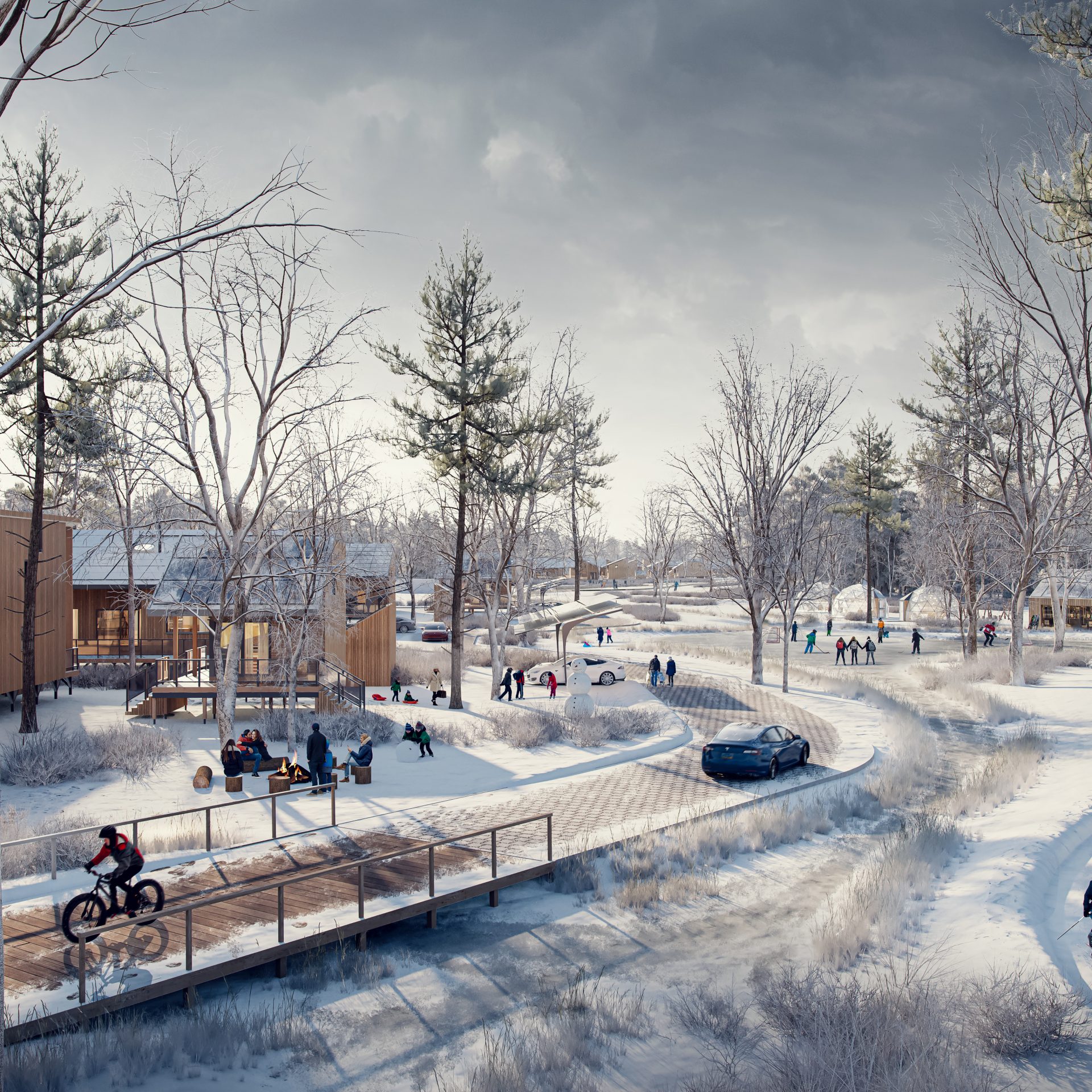Building a Net Zero Future
Paving the Way for Sustainable Progress
Achieving net-zero emissions is a critical goal in the quest for a more sustainable and environmentally responsible future. A net-zero future creates a balance between energy consumption and renewable energy production, where the total carbon emissions generated are equal to or even lower than the amount removed from the atmosphere. As Canada works towards achieving net-zero greenhouse gas emissions by 2050 some cities, including Toronto, are leading the charge by setting an even more aggressive deadline for 2040.
The building sector is the third-largest source of emissions in Canada. In Toronto, buildings make up 58 per cent of the city’s total emissions, mostly from burning fossil fuels for heating, cooling and hot water. – Canada’s National Observer
Modernization and New Net Zero Buildings
The way forward to a net zero future includes both new buildings and the modernization of older ones. Building Nx is an ambitious deep energy retrofit located at Humber College’s North Campus. It serves as an example of how to perform deep, zero carbon, energy efficiency retrofits on existing buildings in the Southern Ontario climate. Building Nx achieved Passivhaus Certification and the Zero Carbon Building Standard – Design Certification, all while remaining fully occupied.
Humber College Building Nx
In terms of new buildings, The Library and Archives Canada’s (LAC) Gatineau 2 Project is Canada’s first Net Zero Carbon building dedicated to the preservation of archives in the Americas. It stands not only as a testament to Canada’s history but also propels us into the future, where sustainability takes centre stage.
“By achieving net-zero, The LAC facility showcases the pivotal role of design in reconciling our heritage with a greener tomorrow, setting an example for the intersection of cultural significance and environmental responsibility.” – Mark Longo, Senior Associate
The Library and Archives Canada’s (LAC) Gatineau 2 Project
Another first for B+H was the joint venture between mcCallumSather and B+H for Mohawk College’s Joyce Centre for Partnership & Innovation (JCPI) as the first institutional building to be certified for both Design and Performance categories under the Canada Green Building Council’s (CaGBC) Zero Carbon Building Program. Since completion, the JCPI has generated more energy than it has consumed, via solar power and a large-scale geothermal system for heating and cooling. The JCPI stands as a fusion of visionary design and educational inspiration, fostering a dynamic hub where ideas and collaboration flourish.
Mohawk College’s Joyce Centre for Partnership and Innovation (JCPI)
Partnerships in Sustainable Innovation
As we continue to retrofit existing buildings and design new ones, B+H is also exploring what it means to build new communities that are rooted in principles of sustainability, can achieve net zero, and contribute to an overall higher quality of life and well-being. B+H and CABN have partnered on the development of a vision plan for a biomimetic community in Maynard, Ontario. Led by Jamie Miller, Director of Biomimicry at B+H, our planning team used our Living Story methodology to understand the local context and how we could create a framework for the community to fit the trajectory of the land.
This approach included enhancing the existing wetlands and preserving the 41 hectares of forest while maintaining higher lot values. The vision was to transform the bare land to rebuild the forest, restore natural habitat, accommodate affordable housing, increase biodiversity, and use the forest for recreation and nutrients. Through our approach, the forest becomes a playground or collective backyard and a unique selling feature, while also enhancing the ecological performance of the entire site.

CABN Vision Plan
Drawing inspiration from the inherent resilience and adaptability found in natural ecosystems, CABN and B+H have reimagined spaces that not only harmonize with their surroundings but also enhance the well-being of occupants.
“The B+H and CABN collaboration serves as a powerful reminder that by emulating nature’s wisdom, we can create structures and environments that are not only sustainable but also conducive to human flourishing.” – Jamie Miller, Director of Biomimicry.
Learning from successful net-zero projects across scales, we gain valuable insights into how cities can become more sustainable while preserving their historical heritage and embracing new approaches to design. Through a holistic approach to restoration and building new facilities and communities, cities can pave the way for a brighter, greener, and more inclusive future.
CABN Vision Plan